Neutrino
What is a neutrino?
Neutrinos are subatomic particles belonging to
The neutrino has a mass supposed to be null, but it has never been measured, however, it is recognized that it is not zero.
The neutrino is not sensitive to the strong interaction (nuclear force), for cons, it is sensitive to the weak interaction responsible for the disintegration of the atom, and perhaps to the electromagnetic interaction.
Hundreds of billions of neutrinos pass through our bodies every second, even a gigantic wall of lead can not stop neutrinos, which explains why they are very difficult to detect. However, occasionally, a neutrino collides with matter, they are the ones that scientists watch for their detectors.
Neutrinos are emitted in abundance by the stars during the collapse of a supernova.
Neutrinos travel at nearly the speed of light and interact very weakly with matter.
There are three flavors of neutrinos:
- The electron neutrino (νε), discovered in 1956 by Frederick Reines (1918 - 1998) and Clyde Cowan (1919 - 1974), accompanying the emission of an electron. It is emitted during the decay β-, i.e. during the transformation of a neutron into a proton.
- The muon neutrino (νμ) discovered in 1962 at Brookhaven. It is emitted during the decay of a muon (heavy electron).
- The tau neutrino (ντ) discovered in 2000 at Fermilab in Batavia, near Chicago. It is emitted during the decay of a tauon.
Only the electron neutrino is stable, others are unstable and decay very quickly to reach a stable particle.
Radioactive decay is the transformation of matter into energy, the number of radioactive nuclei decreases with time, it is governed by chance and its law is statistical.
Neutrino detectors are typically located deep underground or under the sea to avoid as much as possible, the sound of cosmic background. In the detector chlorine, a possible impact of a neutrino converts a chlorine atom in an argon atom. A detector gallium, a neutrino can convert a gallium atom, germanium atom.
The OPERA detector at the Gran Sasso in Italy, is used for particle physics experiments designed to study the
NB: inside an atom there are nucleons, i.e. protons and neutrons, inside which there are quarks. The nucleus is surrounded by an electron cloud. The nature of matter is much more complex than previously thought in the 20th century. We now know that the particle world is extremely rich. To understand the infinitely great, man creates infernal machines (Tevatron, LHC,...), more and more powerful for "peel" the matter, to the confines of the infinitely small.
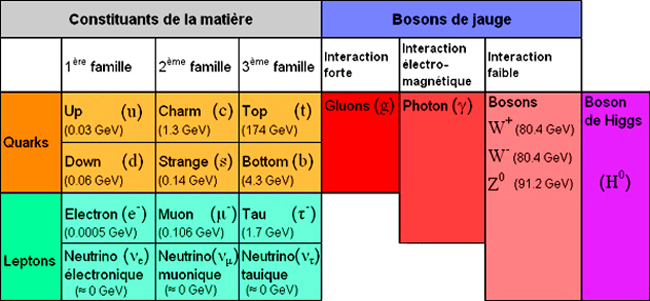
Image: Four of these elementary particles would be sufficient in principle to build the world around us: the up and down quarks, the electron and the electron neutrino. The others are unstable and decay to reach these four particles. The sources of neutrinos in nature are the Earth, the atmosphere, the Sun, supernovae, nuclear reactors and humans via the few mg of radioactive potassium in it. A human being emits ≈340 million neutrinos per day.
Neutrino and beta emission
In the world of subatomic particles that make up matter, we manipulate the smallest energies of nature, and extremely small lengths of the order of 10−15 to 10−17 meters, well below the size of an atom that is 10−10 meter. But we know that an atom is composed of 99.99% vacuum and it is at this scale that neutrinos are. The particles are not visible but they are detectable, however, if it applies sufficient energy, of the order of gigaelectronvolt (GeV). Energy and mass are two aspects of the same physical phenomenon, according to Einstein's famous equation (E = mc2), the mass can be converted into energy and vice versa. Because of this equivalence, mass and energy can be measured with the same unit. On the scale of particle physics there is the
Radioactivity is a natural phenomenon that occurs in the nucleus in the depths of atoms. Nucleons are not all stable, they disintegrate from one state to another state of equilibrium. The decay is the transformation of matter into energy (E = mc2). Disintegrating the nuclei emit particles of different energies.
There are 3 types of decays:
- The alpha decay (α) emits charged particles (2 neutrons and 2 protons), responsive to the magnetic field. These particles do not pass through a sheet of paper.
- The gamma decay (γ) emits a particle, a non-visible photon has an energy of 1 GeV, 1 million times more energy than visible light photon. These particles only stop in front of a lead plate. These gamma photons have zero electromagnetic load and are therefore insensitive to the magnetic field.
- Beta decay (β) concerns neutrinos. This will happen during the decay of a nucleus, such as cobalt-60 that will transmute nickel 60 and during this transmutation, there will be emission of an electron and a neutrino or antineutrino.
It is the measure of the beta decay energies in 1931, led Wolfgang Pauli (1900 - 1958) to propose that the "missing" energy was taken away by another new particle, the neutrino.
The neutron is not yet discovered, it will be discovered by the British physicist James Chadwick (1891 - 1974) in 1932.
Beta minus decay, is the emission of an electron and an antineutrino accompanying the transformation of a neutron into a proton.
Beta plus decay is the transformation of a proton into a neutron, with emission a positron and a neutrino.
This is the weak nuclear force that is responsible for the decay of a neutron into a proton or a proton into a neutron without changing the number of nucleons. To balance the load, an electron or a positron is expelled from the nucleus. The emission of the electron is accompanied by an electronic antineutrino ∇e whereas the positron is accompanied by an electron neutrino νe.
Some beta minus emitters exist in nature:
- tritium 3 (3H+) which transforms into helium 3 (3He2+)
- carbon 14 (14C) upon absorption of neutrons by nitrogen 14 (14N) in the stratosphere and troposphere upper layers.
- potassium 40 (40K) which transforms into calcium 40 (40Ca).

Image: example of beta decay to the radioactive isotope cobalt 60 (60Co). Cobalt core 60, contains 33 neutrons (gray) and 27 protons (red), it has an excess of 6 neutrons. A neutron will be transformed into a proton. Cobalt core 60 becomes more stable and is transformed into nickel 60 (60Ni+) with 28 protons (1 more) and 32 neutrons (1 less), but still 60 nucleons. During the disintegration, two particles are created, an electron and an electronic antineutrino. There are two variants of beta decay, beta minus decay, as here with cobalt 60 which is transmuted into nickel 60 with the emission of an electron and beta plus decay that emits a positron and an electron neutrino.
Articles on the same theme
"The data available on this site may be used provided that the source is duly acknowledged."
 Electroweak Force: The Unification of Electromagnetism and the Weak Interaction
Electroweak Force: The Unification of Electromagnetism and the Weak Interaction  Special Relativity: The Beginning of a New Physics
Special Relativity: The Beginning of a New Physics  The Higgs Boson: The Unification of Fundamental Forces
The Higgs Boson: The Unification of Fundamental Forces Quantum Entanglement: When Two Particles Become One!
Quantum Entanglement: When Two Particles Become One! The Pentaquark: A New Piece of the Cosmic Puzzle!
The Pentaquark: A New Piece of the Cosmic Puzzle! Why are Rare Gases
rare?
Why are Rare Gases
rare? Brownian Motion: A Link Between Two Worlds
Brownian Motion: A Link Between Two Worlds The 4 Articles of Albert Einstein from 1905
The 4 Articles of Albert Einstein from 1905  Why does nuclear fusion require so much energy?
Why does nuclear fusion require so much energy?  Feynman diagrams and particle physics
Feynman diagrams and particle physics  Stars cannot create elements heavier than iron because of the nuclear instability barrier
Stars cannot create elements heavier than iron because of the nuclear instability barrier  What is β radioactivity?
What is β radioactivity? 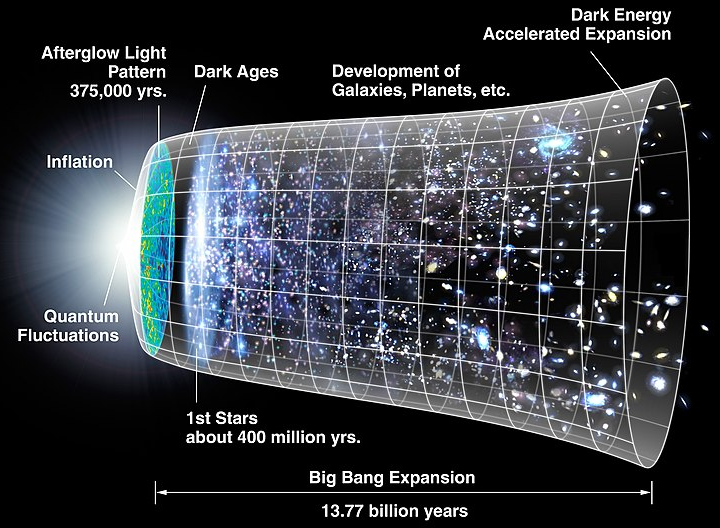 Planck wall
theory
Planck wall
theory 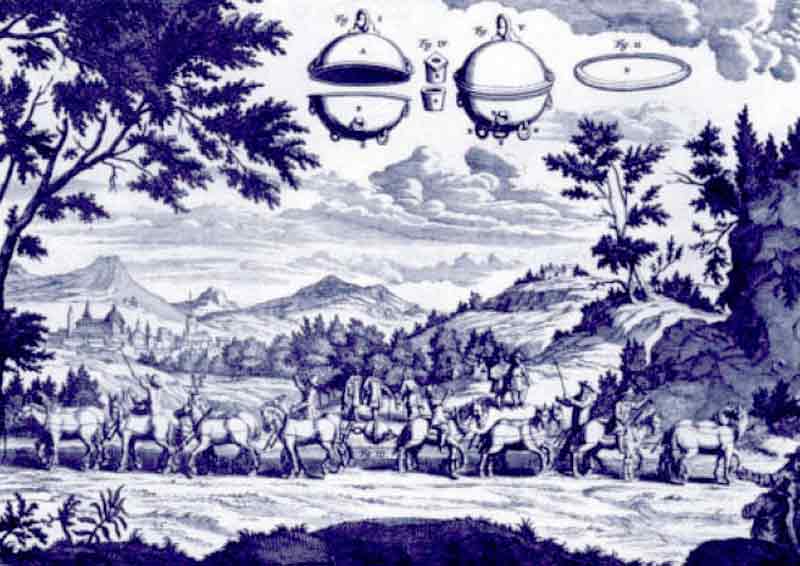 Is
emptiness really empty?
Is
emptiness really empty?  The Large Hadron Collider
The Large Hadron Collider  The hadron is not a fixed object
The hadron is not a fixed object 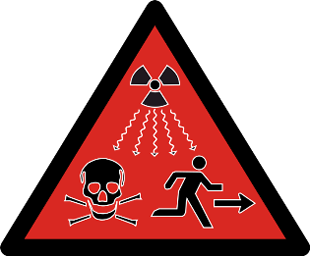 Radioactivity, natural and artificial
Radioactivity, natural and artificial  The World of Nanoparticles: An Invisible Revolution
The World of Nanoparticles: An Invisible Revolution  Schrodinger's Cat
Schrodinger's Cat
 Before
the big bang the multiverse
Before
the big bang the multiverse  Eternal
inflation
Eternal
inflation  Gravitational
waves
Gravitational
waves 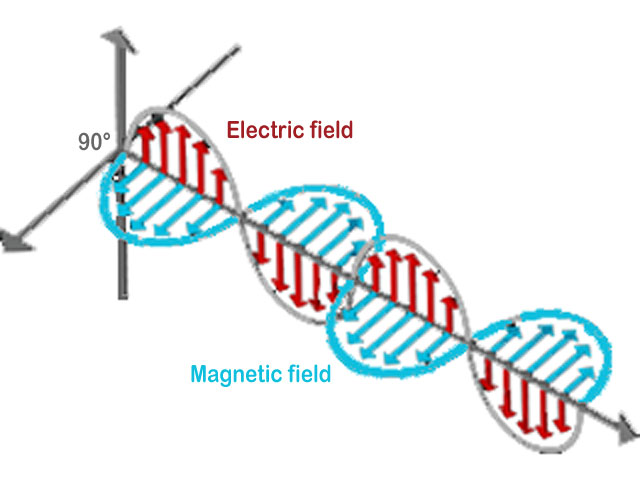 What
is a wave?
What
is a wave?  The fields of reality: what is a field?
The fields of reality: what is a field?  Space in time
Space in time
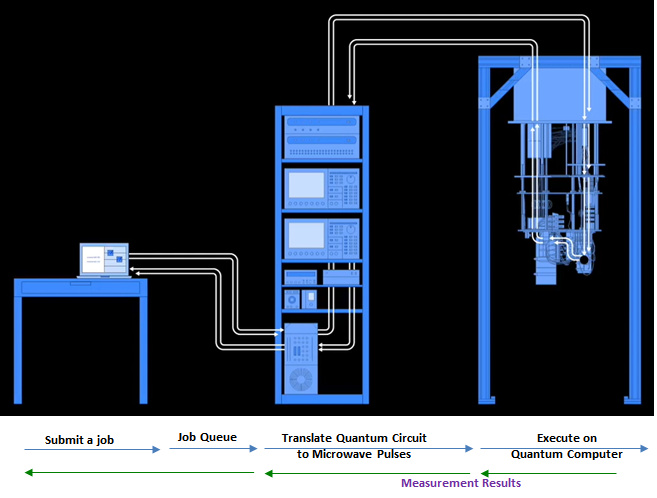 Quantum computers
Quantum computers
 Bose-Einstein condensate
Bose-Einstein condensate  Equation of Newton's three laws
Equation of Newton's three laws  Field concept
in physics
Field concept
in physics  The electron, a kind of electrical point
The electron, a kind of electrical point  Entropy and
disorder
Entropy and
disorder  Light, all the light of the spectrum
Light, all the light of the spectrum 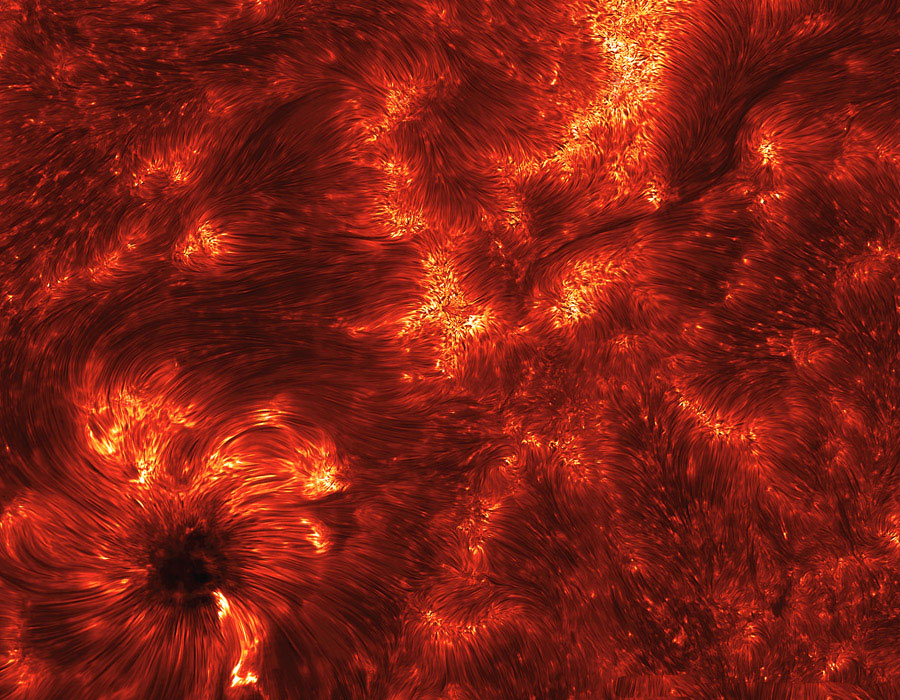 The
infernal journey of the photon
The
infernal journey of the photon  Mystery of the Big Bang, the problem of the horizon
Mystery of the Big Bang, the problem of the horizon 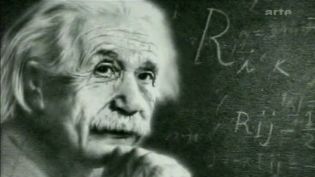 Einstein's space
time
Einstein's space
time  Time Measurement: Scientific and Technological Challenge
Time Measurement: Scientific and Technological Challenge  Physical and Cosmological Constants: Universal Numbers at the Origin of Everything
Physical and Cosmological Constants: Universal Numbers at the Origin of Everything  Spectroscopy, an inexhaustible source of information
Spectroscopy, an inexhaustible source of information  Abundance of chemical elements in the universe
Abundance of chemical elements in the universe  The size of atoms
The size of atoms
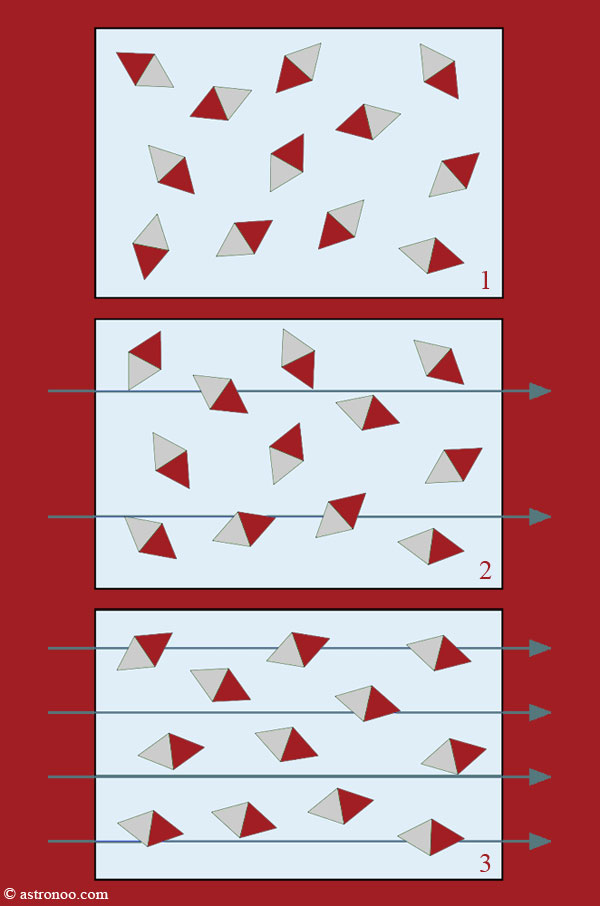 The
magnetic order and magnetization
The
magnetic order and magnetization  The quark confinement
The quark confinement
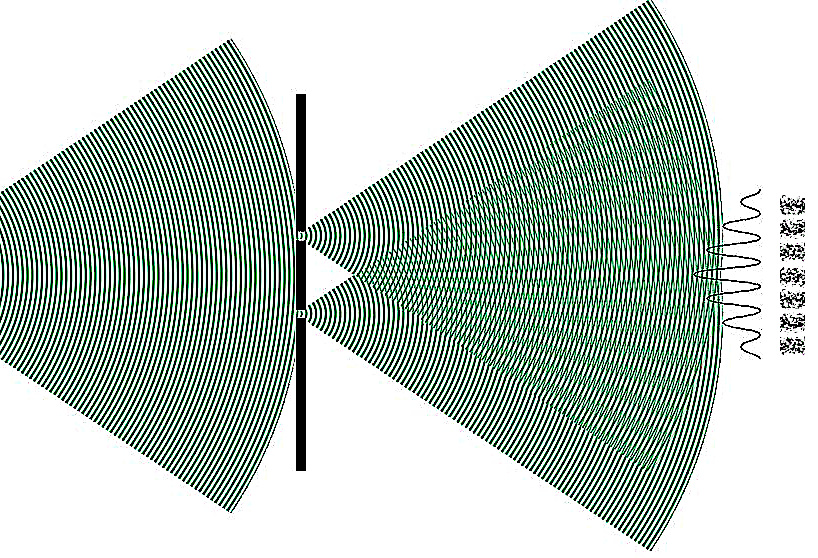 Superpositions of quantum states
Superpositions of quantum states  Alpha decay (α)
Alpha decay (α)
 Electromagnetic induction equation
Electromagnetic induction equation  Nuclear
fusion, natural energy source
Nuclear
fusion, natural energy source  Does dark
matter exist?
Does dark
matter exist?  Non-baryonic matter
Non-baryonic matter
 From the Ancient Atom to the Modern Atom: An Exploration of Atomic Models
From the Ancient Atom to the Modern Atom: An Exploration of Atomic Models  The mystery of matter, where mass comes from
The mystery of matter, where mass comes from  Nuclear
energy and uranium
Nuclear
energy and uranium 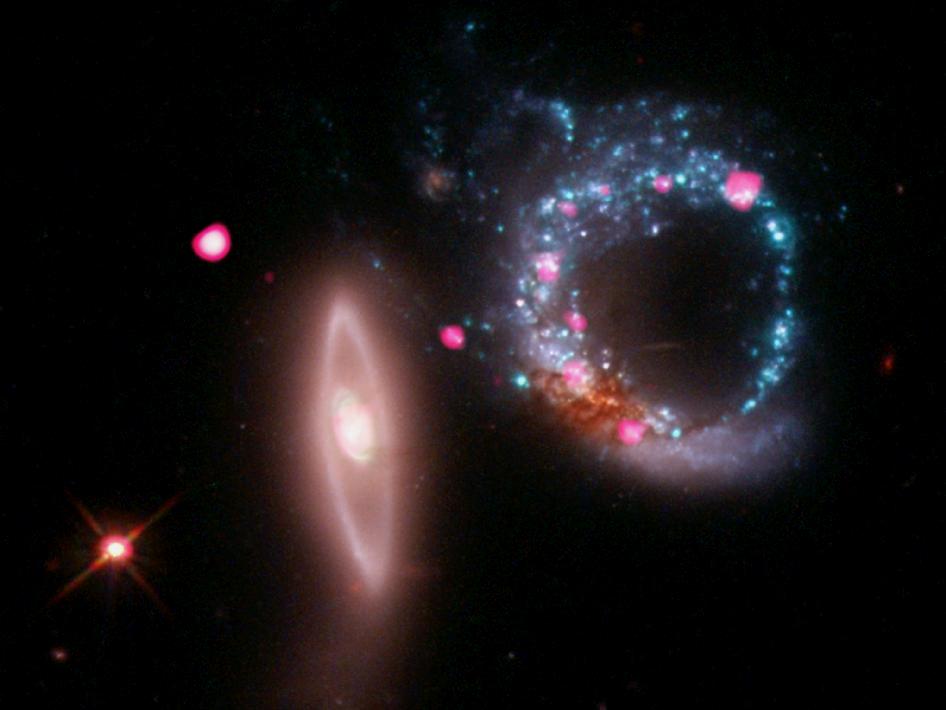 The Universe
of X-rays
The Universe
of X-rays  How
many photons to heat a coffee?
How
many photons to heat a coffee?  Seeing Atoms: An Exploration of Atomic Structure
Seeing Atoms: An Exploration of Atomic Structure 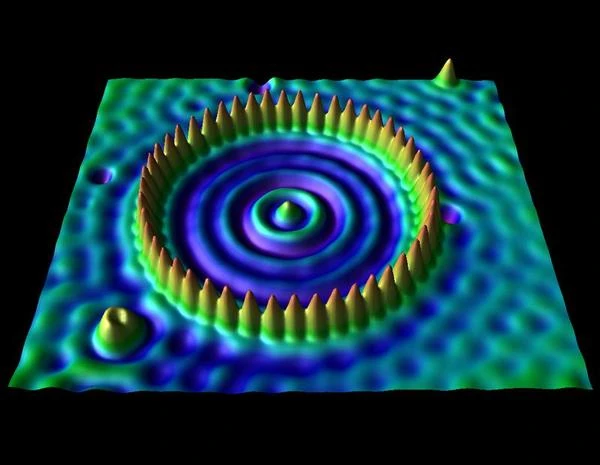 Quantum tunneling of quantum mechanics
Quantum tunneling of quantum mechanics  Entropy: What is Time?
Entropy: What is Time?  The 12 Particles of Matter: Understanding the Universe at the Subatomic Scale
The 12 Particles of Matter: Understanding the Universe at the Subatomic Scale  The Atomic Orbital: Image of the Atom
The Atomic Orbital: Image of the Atom  Earth's radioactivity
Earth's radioactivity
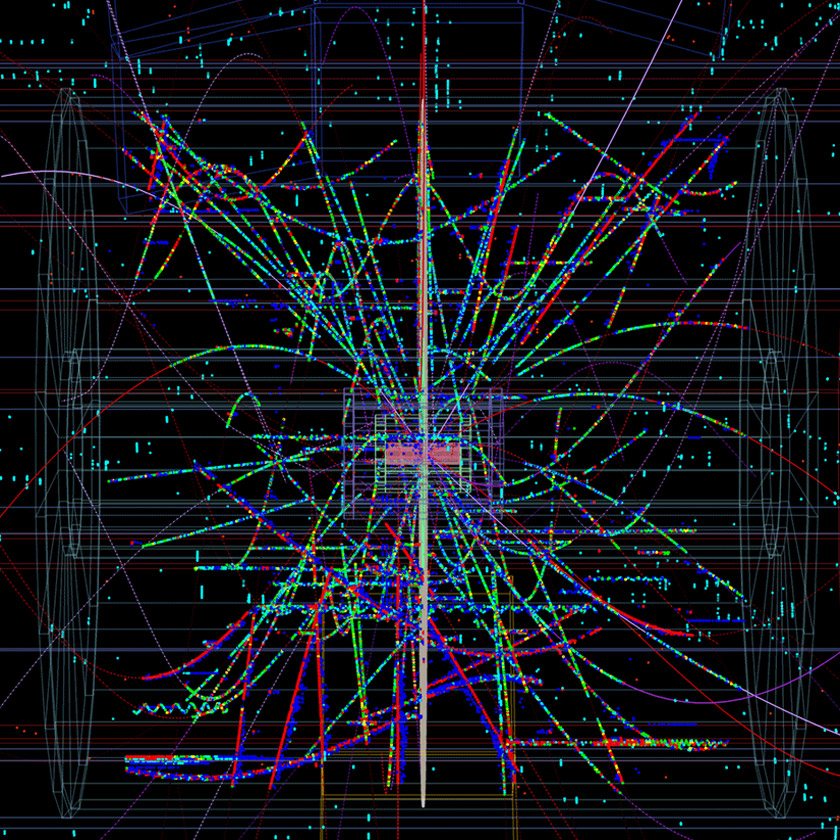 The vacuum has considerable energy
The vacuum has considerable energy 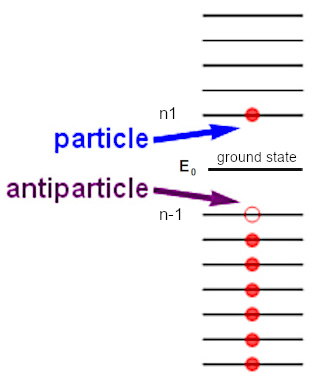 Antimatter and antiparticle
Antimatter and antiparticle 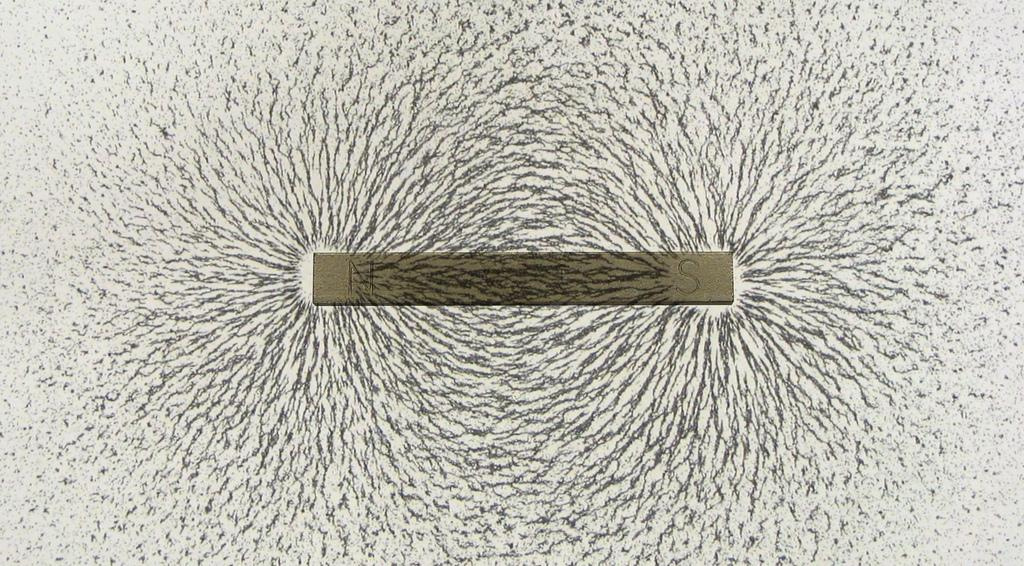 What is an
electric charge?
What is an
electric charge?  Our matter
is not quantum!
Our matter
is not quantum!  Why use hydrogen in the fuel cell?
Why use hydrogen in the fuel cell?  The secrets of gravity
The secrets of gravity
 E=mc2 explains the mass of the proton
E=mc2 explains the mass of the proton  Image
of gravity since Albert Einstein
Image
of gravity since Albert Einstein  1905, The Silent Revolution: When Einstein Rewrote the Laws of Nature
1905, The Silent Revolution: When Einstein Rewrote the Laws of Nature  What does the equation E=mc2 really mean?
What does the equation E=mc2 really mean?  Between Waves and Particles: The Mystery of Duality
Between Waves and Particles: The Mystery of Duality